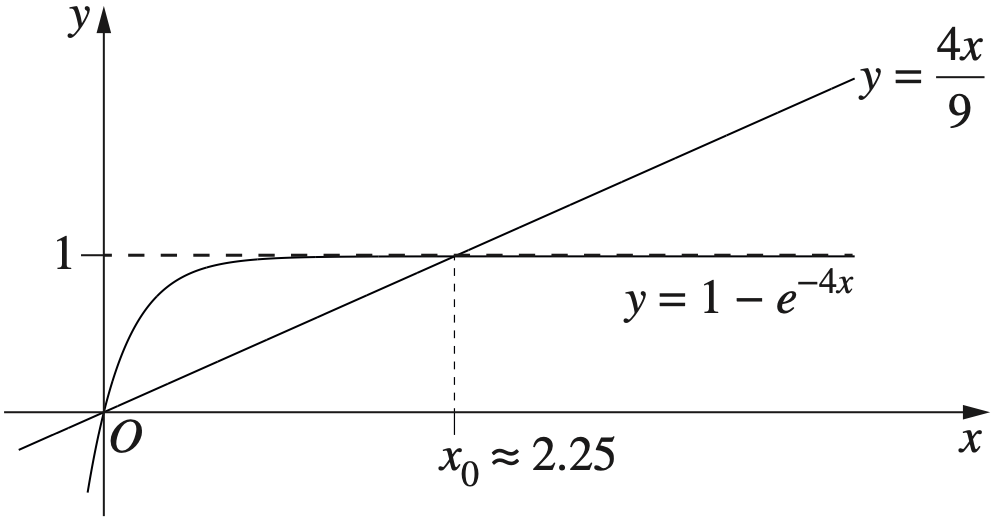A particle of mass 1 kg is projected from the origin with a speed of 50 ms\(^{-1}\), at an angle of \(\theta\) below the horizontal into a resistive medium.
The position of the particle \(t\) seconds after projection is \((x, y)\), and the velocity of the particle at that time is \(\underset{\sim}{v}=\displaystyle \binom{\dot{x}}{\dot{y}}\).
The resistive force, \(\underset{\sim}{R}\), is proportional to the velocity of the particle, so that \(\underset{\sim}{R}=-k \underset{\sim}{v}\), where \(k\) is a positive constant.
Taking the acceleration due to gravity to be 10 ms\(^{-2}\), and the upwards vertical direction to be positive, the acceleration of the particle at time \(t\) is given by:
\(\underset{\sim}{a}=\displaystyle \binom{-k \dot{x}}{-k \dot{y}-10}\). (Do NOT prove this.)
Derive the Cartesian equation of the motion of the particle, given \(\sin \theta=\dfrac{3}{5}\). (5 marks)
--- 22 WORK AREA LINES (style=lined) ---

